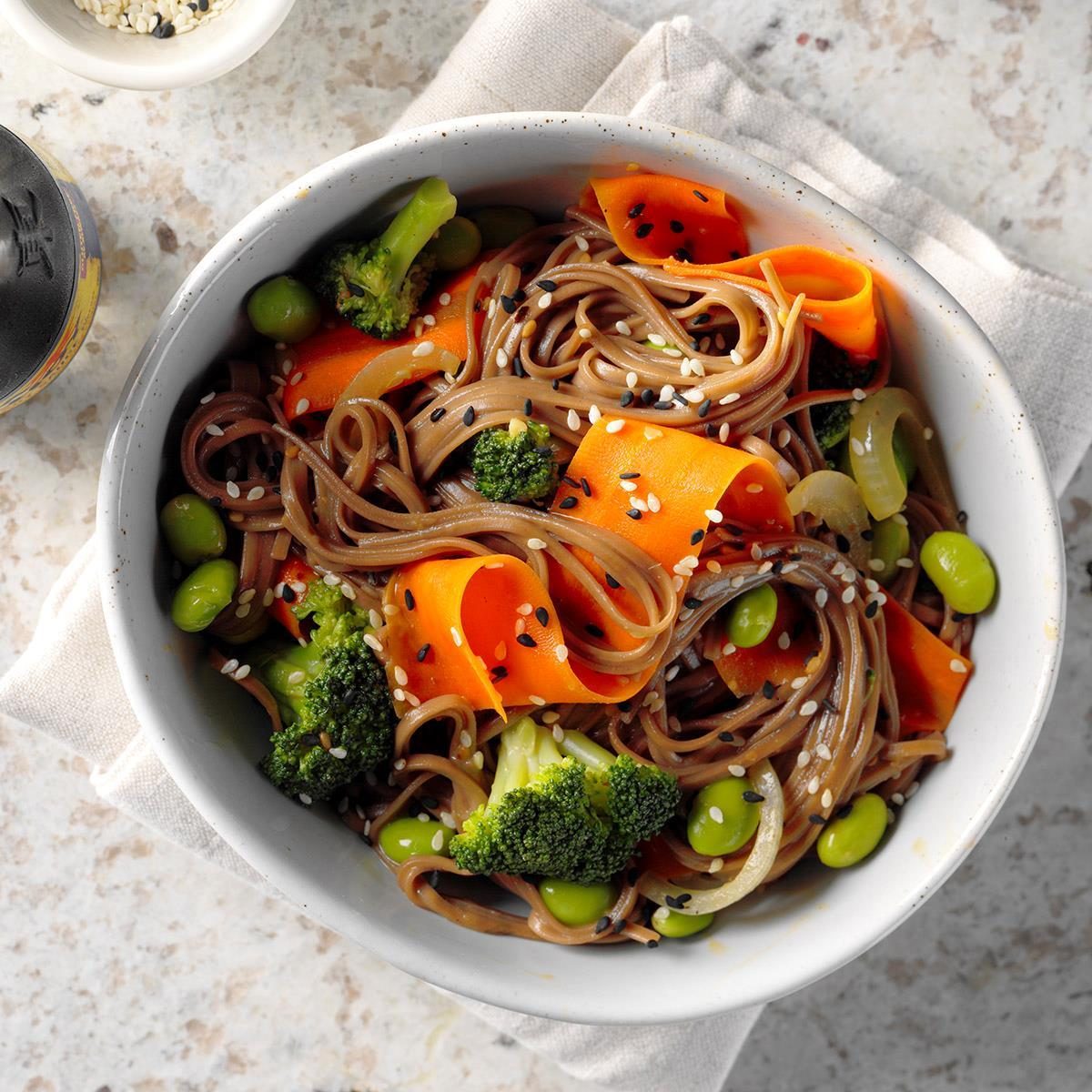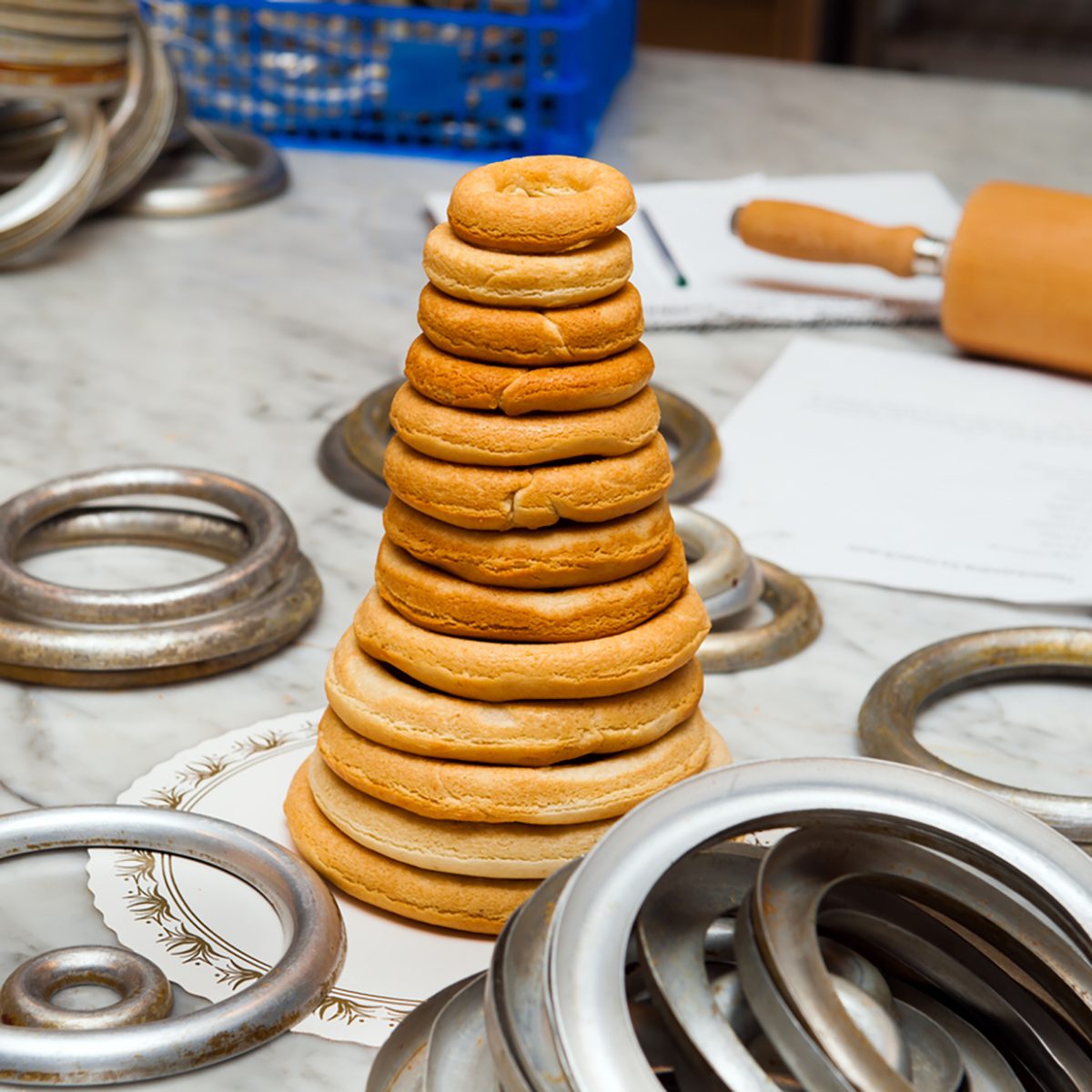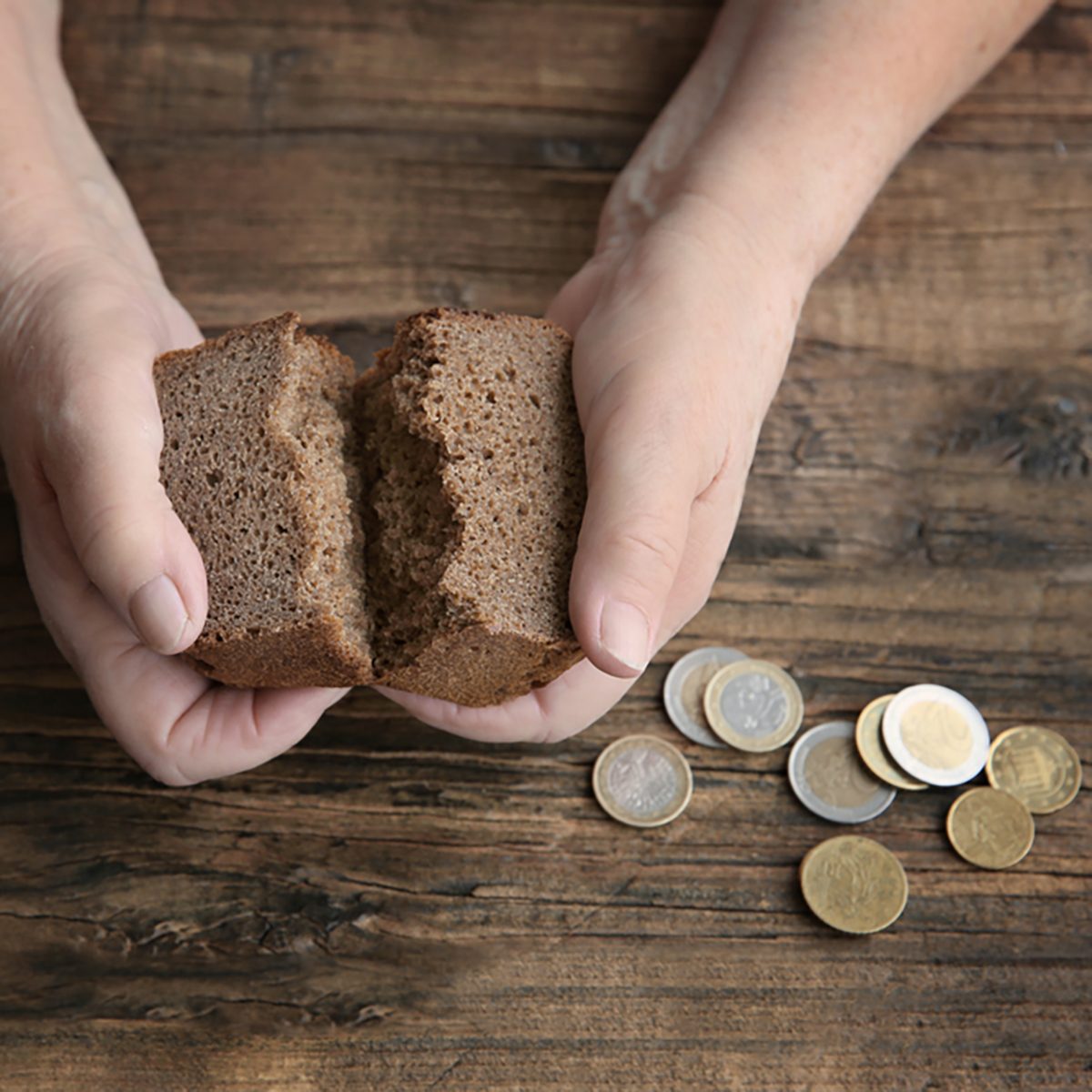- Definition: From Greek roots ("peri" near, "helios" sun), it's the point in Earth's orbit where it's nearest the Sun.
- Timing: Occurs yearly in early January, about two weeks after the December solstice, with the exact date shifting slightly.
- Distance: Earth is about 91.5 million miles (147 million km) from the Sun at this point, roughly 3 million miles closer than its farthest point (aphelion) in July.
- Increased Speed: Earth moves fastest in its orbit at perihelion.
- Seasons: Perihelion doesn't cause summer; Earth's 23.5-degree axial tilt determines seasons, with the Northern Hemisphere tilted away from the Sun in January.
- Appearance: The Sun looks about 3% larger in the sky, though this difference isn't easily noticeable.
- It's a demonstration of orbital mechanics and the elliptical nature of planetary paths.
- It offers a chance to reflect on the universe's elegant, precise movements.
- Earth's perihelion for 2026 is set for January 2, 2026, at 12:15 p.m. EST (17:15 UTC).
- This event in 2026 coincides with the first full moon of the year, creating a rare super moon alignment, notes EarthSky.
- My Food for Thought for Today:

- My Photo of the Day: Bougainvilla in My Patio Still Blooming
- as Of Today- January 2, 2026
- A Rainy Day on Years Day of 2026 in Walnut Creek, California, USA
Finally here are the top five News of the Day
🗞️ 1. New NYC Mayor Acts on Housing
Newly sworn-in New York City Mayor Zohran Mamdani has taken swift action on his first full day, signing executive orders aimed at landlords and announcing a plan for the city to intervene in a major private landlord bankruptcy case tied to 93 buildings. Fox News
🌎 2. Venezuela Offers Talks with U.S.
Venezuelan President Nicolás Maduro says his government is “ready” to negotiate a drug-trafficking and oil cooperation agreement with the United States after sustained U.S. military pressure targeting trafficking networks. Fox News
🇨🇳 3. U.S. Issues Statement on China Military Drills
The U.S. State Department criticized China’s recent military exercises near Taiwan, calling them unnecessary and urging Beijing to exercise restraint — a move underscoring rising regional tensions. State Department
💧 4. Calgary Water Main Break & Conservation Push
In Calgary, Canada, officials urge residents to conserve water as crews work to fix a major water main break that has repeatedly failed, though overall usage hasn’t dropped yet. Global News
🚓 5. Homicides Under Investigation in Ohio
Police in Columbus, Ohio, are searching for a suspect after a dentist and his wife were found murdered in their home — a story drawing local and national attention. YouTube









































































